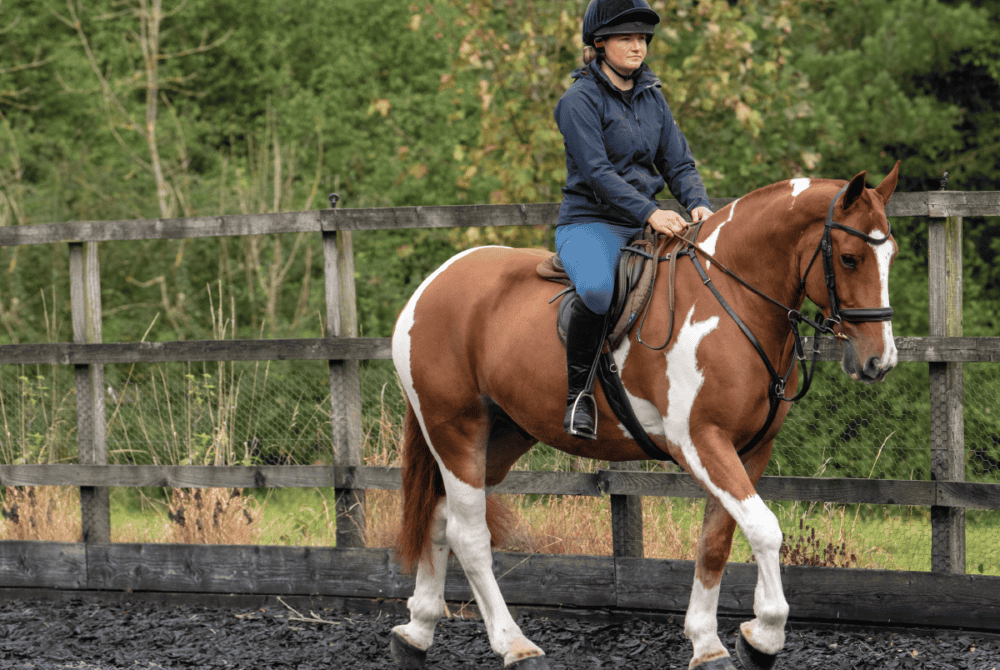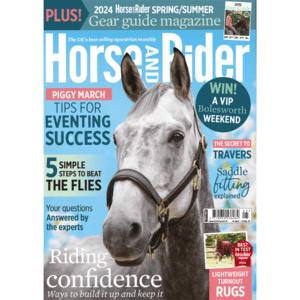The perfect solution
Posted 11th April 2024
What factors will your saddle fitter consider? Maurice Emtage explains all

One thing’s for sure, when it comes to saddles, there’s no one-size-fits-all and finding the right saddle for both you and your horse can sometimes be a challenge. But with an expanding market and rapid developments in product technologies, there will always be a solution.
In this issue, I discuss some of the factors your saddle fitter will take into account when sourcing the best saddle for you. Read on to find out more.
Adjustable or not?
Adjustable saddles are, arguably, one of the best innovations in the equestrian industry. If you have a young or developing horse, or you alter your horse’s workload depending on the season, opting for an adjustable saddle is a no-brainer. Horses change shape throughout their lives and – when living in more natural conditions – between seasons, too. So, being able to adjust the width of your saddle to suit your horse’s shape can help provide a more tailored fit all year round.
However, adjustable saddles aren’t the perfect solution for every situation. If your horse has reached maturity and is in regular work, saddles with a fixed tree size may offer you a better solution, more tailored to the kind of work you do with your horse and with more options for a bespoke fit for you.
The ideal angle
Changeable gullets are incredibly useful when fitting tricky horses, but if the angle of the tree is too wide, the saddle will press down on the horse’s withers, which will not only cause discomfort but also affect balance. On the flip side, if it’s too narrow, the saddle will tip backwards and move from side to side because it’s perched.
Did you know?
A well-fitting saddle will have 2–3 fingers’ clearance between the wither and the saddle.
Flock together
The flocking in a saddle’s panels plays a crucial role in helping to prevent musculoskeletal damage to the horse by distributing the rider’s weight. There are pros and cons to each type of flocking and some will be more suitable, compared with others, for different horses.
- Wool, the most widely used option, disperses the rider’s weight over a broader surface area and is believed to be more comfortable for the horse. It easily conforms to the horse’s shape and can be adjusted to compensate for asymmetries. However, wool-flocked panels need to be checked regularly for any compression
- Foam panels are good at absorbing pressure from the rider, which can create a more comfortable feel in the saddle. They are often less bulky, so offer a closer contact, and are a cheaper option, but they aren’t adjustable
- Air flocked panels are designed to provide a soft, flexible and even-bearing surface without pressure points. However, getting the right amount of air can be difficult – too little pressure and the horse’s back will be exposed to the tree, while too much will cause the saddle to be perched so it rocks. The balance of the rider can force air in the opposite direction, too
Discover more about the factors a saddle fitter will consider in May Horse&Rider, out now!











